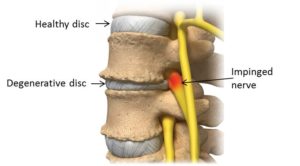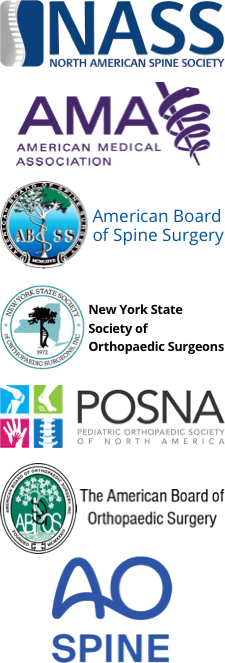 Degenerative disc disease is one of the most common causes of lower back and neck pain. The major cause of this degeneration is loss of blood supply and nutrition as the spine ages. This process can begin as early as 20 to 30 years old in some people. Symptoms can range from mild lower back stiffness or spasm, all the way up to severe and debilitating back pain that limits bending, sitting or moving.
Degenerative disc disease is one of the most common causes of lower back and neck pain. The major cause of this degeneration is loss of blood supply and nutrition as the spine ages. This process can begin as early as 20 to 30 years old in some people. Symptoms can range from mild lower back stiffness or spasm, all the way up to severe and debilitating back pain that limits bending, sitting or moving.
The spinal disc is a gel-filled structure that acts as a “shock absorber” between the spinal vertebra. The healthy disc are made up of predominantly water, along with other proteins and collagen. As disc degeneration occurs, the discs begin to lose water content, or “dry out,” losing shock absorption function. In the young spine, the discs rely on transport from micro vessels in the adjacent bone to receive nutrients, expel waste products, and prevent degeneration. A compromise in this process as we age can be a significant contributor to degenerative discs and low back pain.
Recently, a prize-winning study recently published in SpineJournal examined how dynamic, loading-induced convective transport enhances intervertebral nutrition, ultimately slowing down or reversing the degenerative disc process.
This study found that mechanical loading-induced convection may offer therapeutic benefits for degenerated discs by increasing the uptake of nutrients and clearing out byproducts.
This potentially means that exercise or physical therapy programs that cause end plate loading (such as flexion/extension exercises), may be useful to enhance disc nutrition. This may help patients with early-stage disc degeneration to slow down or reverse the degenerative disc process.
If you are experiencing back pain, or want to learn more about this condition or its treatment, contact our office for a consultation.










